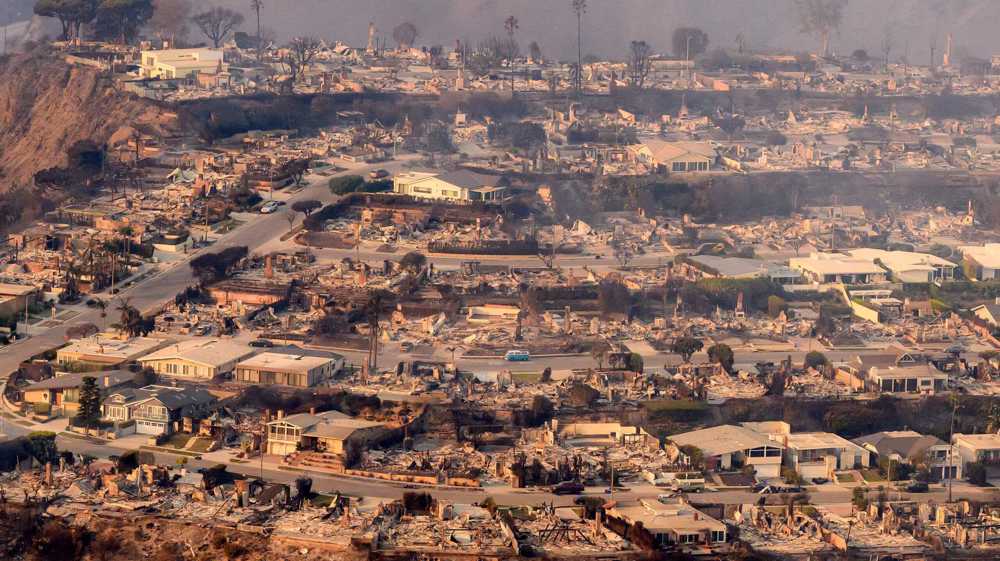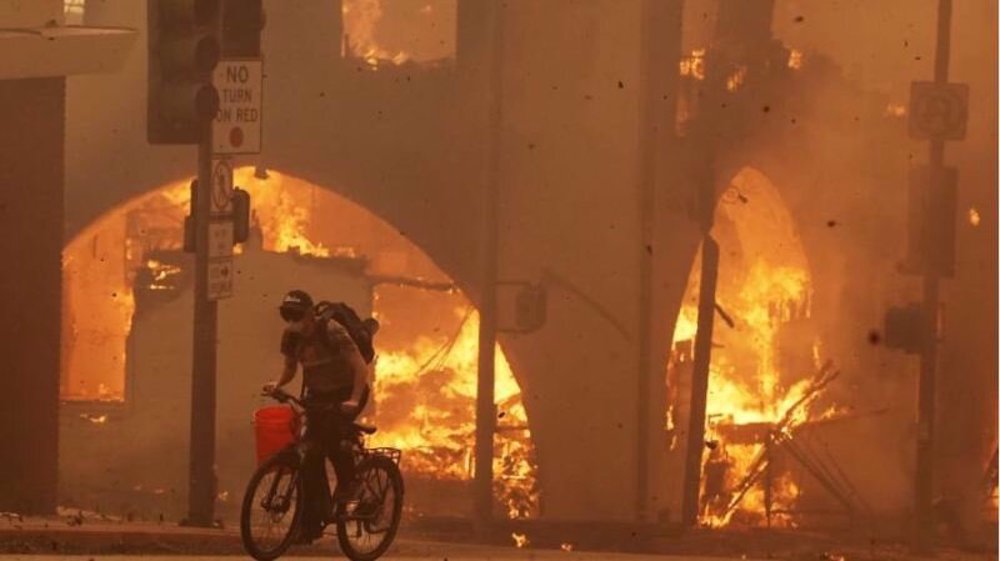Trump declares emergency for Louisiana over Harvey-related flooding
US President Donald Trump has declared a state of emergency for Louisiana as the state braces for flooding from the powerful Hurricane Harvey approaching from neighboring Texas, where it has killed several people and forced the evacuation of tens of thousands of residents.
Trump’s action on Monday will make available federal assistance for the state, where severe flooding from Harvey is expected, and allows the Federal Emergency Management Agency (FEMA) to coordinate all disaster relief efforts.
Trump plans to go to Texas on Tuesday to survey the storm damage, a White House spokeswoman said on Sunday.
Louisiana Governor John Bel Edwards had asked Trump for assistance on Sunday, citing the National Weather Service’s warning that coming rainfall could pose “serious danger to life and property of the citizens of our state.”
“I have determined that this incident is of such severity and magnitude that effective recovery is beyond the capabilities of the state and local governments and that supplemental federal assistance is necessary,” Edwards said in a statement.
Edwards also issued a statement warning Louisiana residents to remain vigilant for the next few days. “This storm is wreaking havoc along the Gulf [of Mexico] Coast,” Edwards said. “It is critically important for the people of Louisiana, particularly those in southwest Louisiana, to recognize that we are not out of the woods.”
“Louisiana will remain in this storm’s path for the next week, from Southwest Louisiana to North Louisiana. Forecasts show this storm system making its way closer to Louisiana over the next 48 hours and causing heavy rainfall and potentially life threatening flooding,” he added.
Read More:
In his Sunday statement, the governor also evoked Hurricane Katrina, which made landfall in 2005 in southeast Louisiana. Katrina killed 1,800 people and was the costliest natural disaster and one of the five deadliest hurricanes in the history of the United States.
Damages from Harvey are not likely to be as extensive as Katrina, although it is the most powerful hurricane to strike Texas in more than 50 years.
The storm first hit land late on Friday and has killed at least two people and forced 30,000 people to seek refuge in temporary shelters.
It has since lingered around Texas' Gulf Coast, where it is forecast to remain for several more days, drenching parts of the region with a year's worth of rain in the span of a week.

US emergency management officials say they were expediting federal resources to Texas to help with rescue efforts.
FEMA Administrator Brock Long said Monday that more than 450,000 people were expected to seek disaster assistance due to flooding from Harvey.
"We are not out of the woods yet, not by a long shot," Acting Homeland Security Secretary Elaine Duke said at a news briefing early on Monday. "Harvey is still a dangerous and historic storm."

Los Angeles under siege: Looters, thieves targeting evacuation zones in fire-wracked city

At least 5 dead as wildfires devour districts across Los Angeles

Musk interferes in British politics
VIDEO | Press TV's news headlines
Israeli strikes kill more civilians across Gaza
VIDEO | EU's involvement in Syria discussed in Rome
VIDEO | US wages airstrikes on pro-Palestinian demonstrators in Sana'a
VIDEO | Syrians show mixed reactions to US sanctions relief
Israeli court extends Dr. Abu Safia's detention
After 15 months, Israeli army admits to killing kibbutz settlers on Oct. 7
VIDEO | Press TV's news headlines














 This makes it easy to access the Press TV website
This makes it easy to access the Press TV website